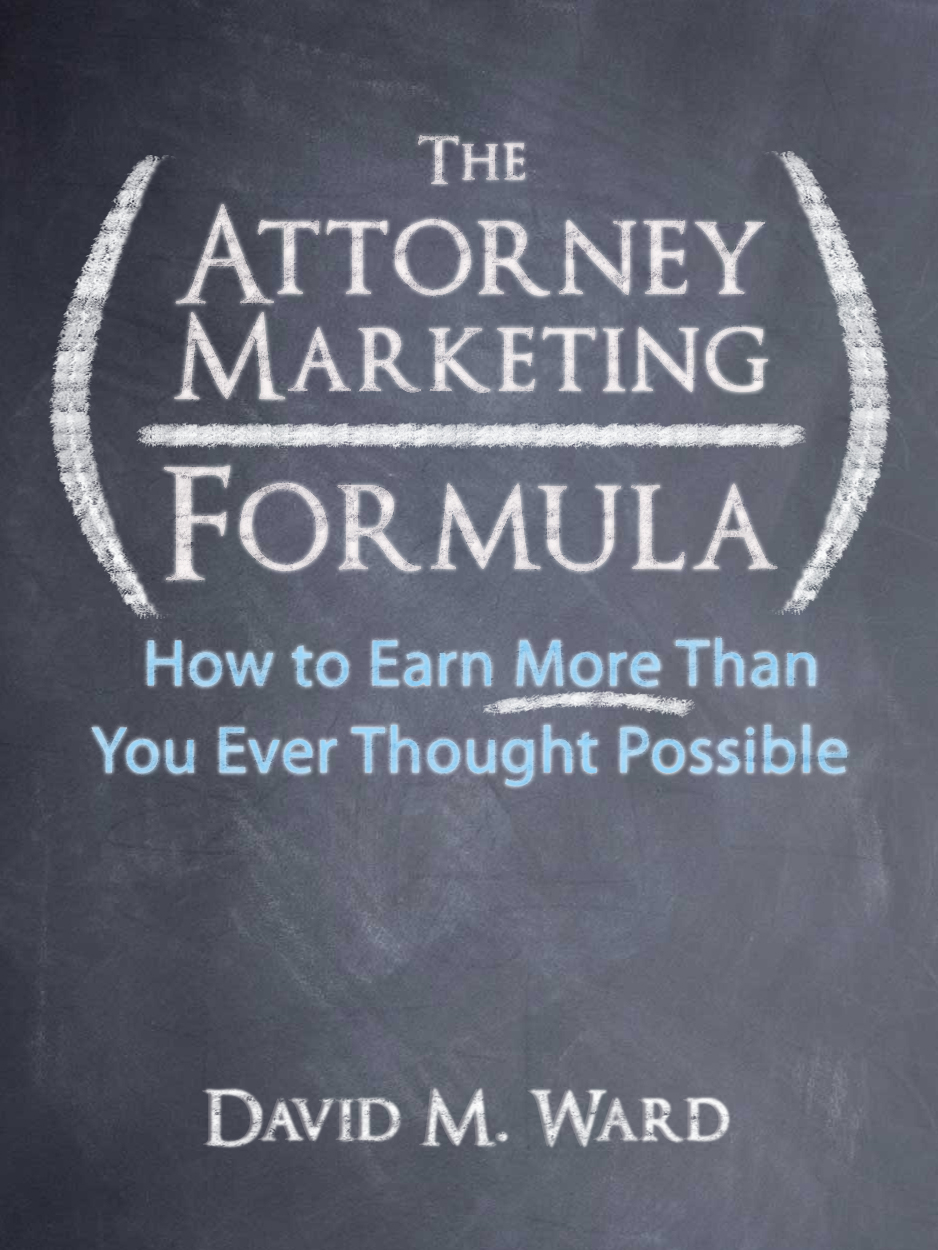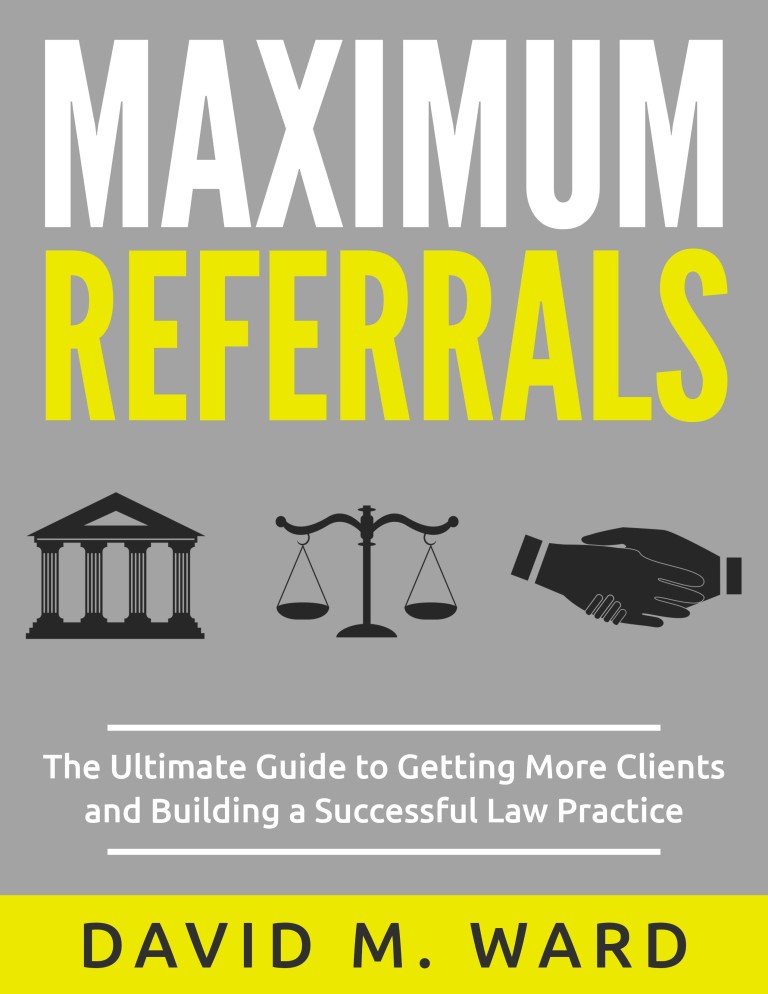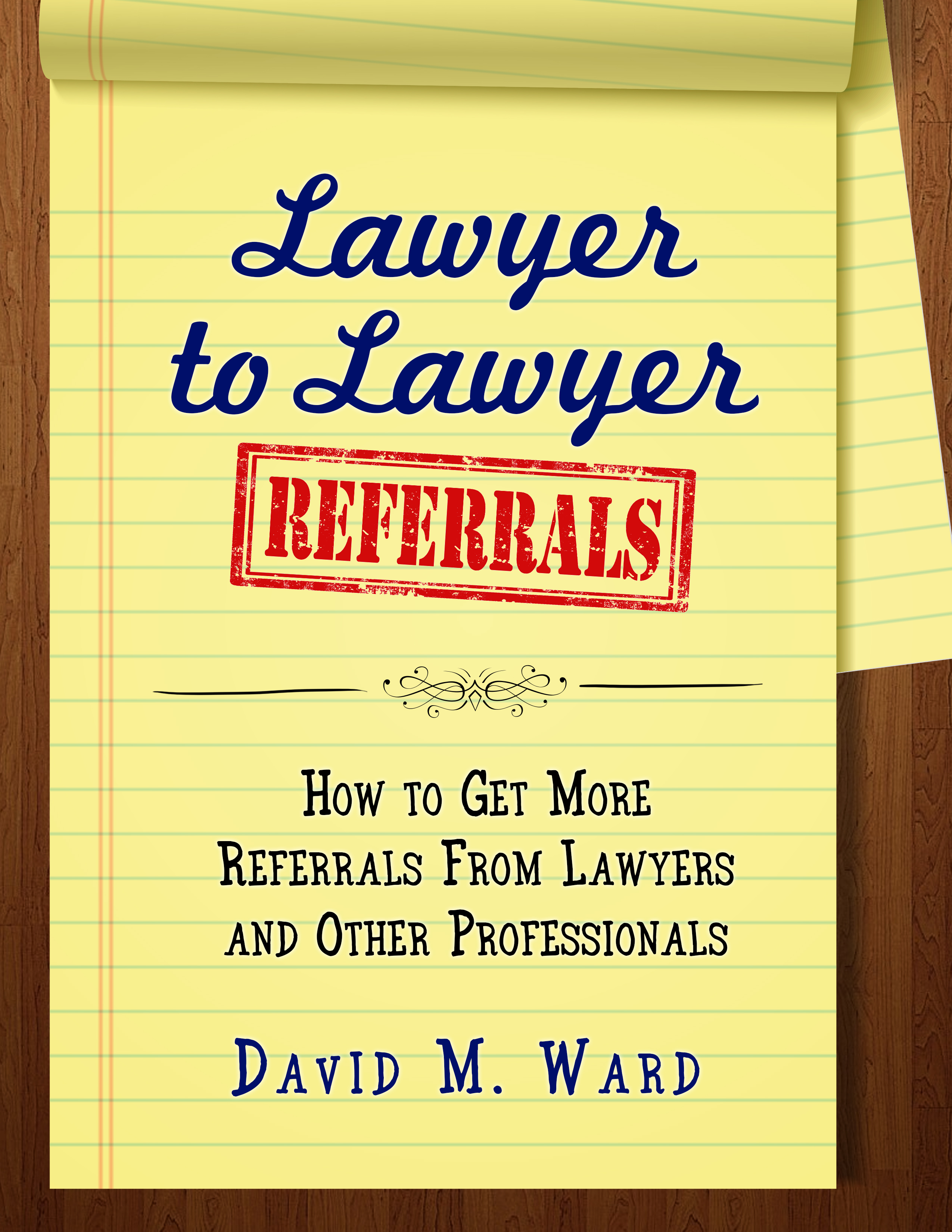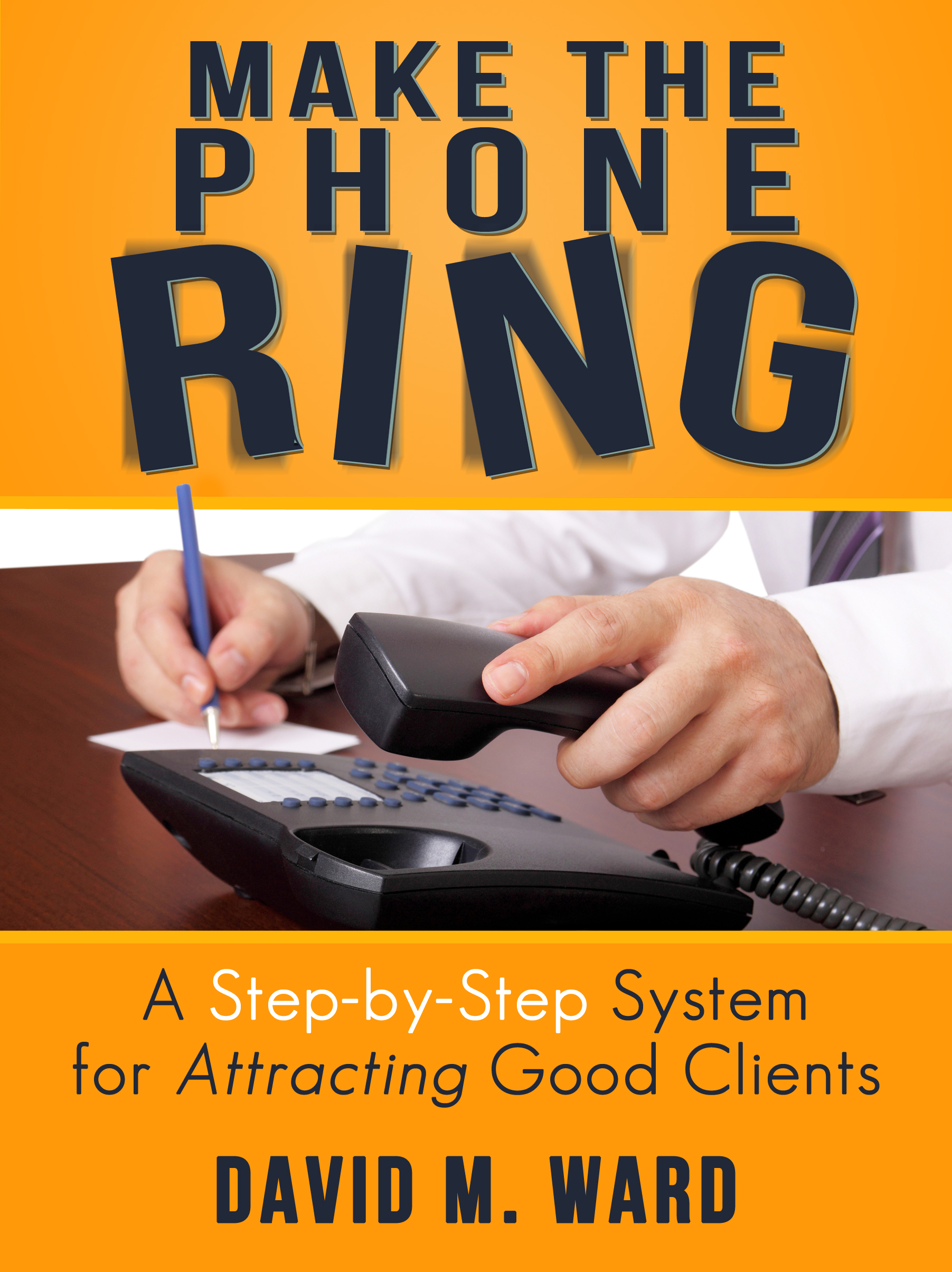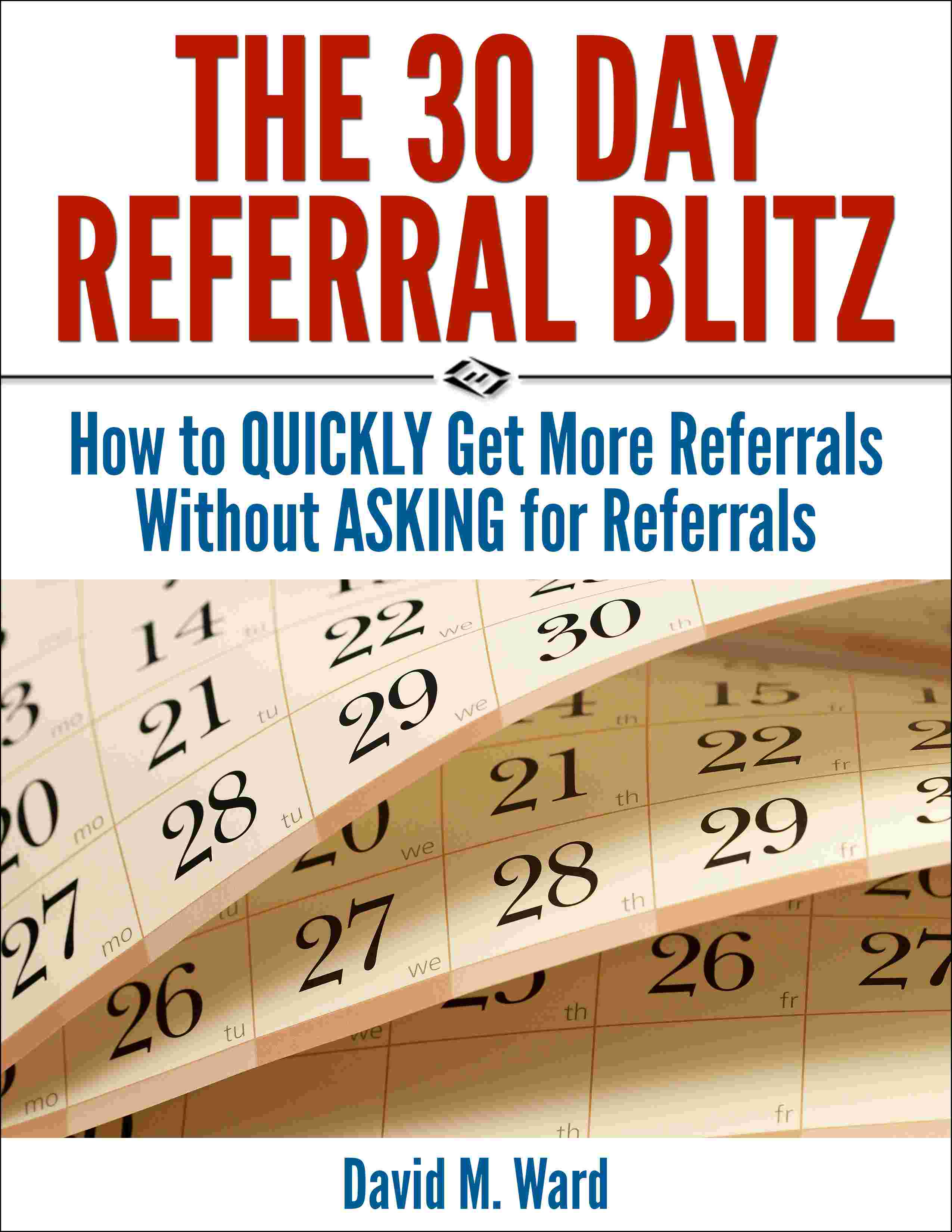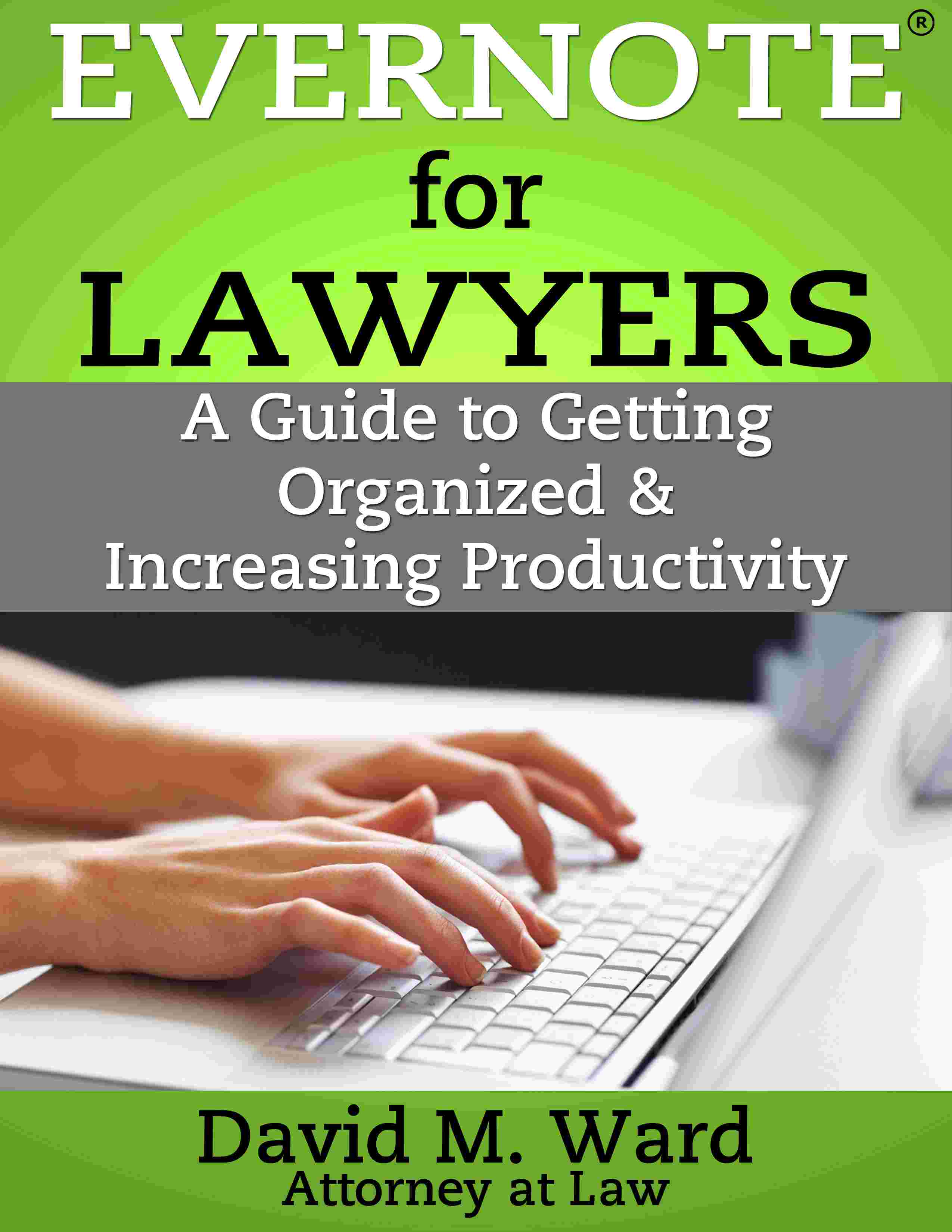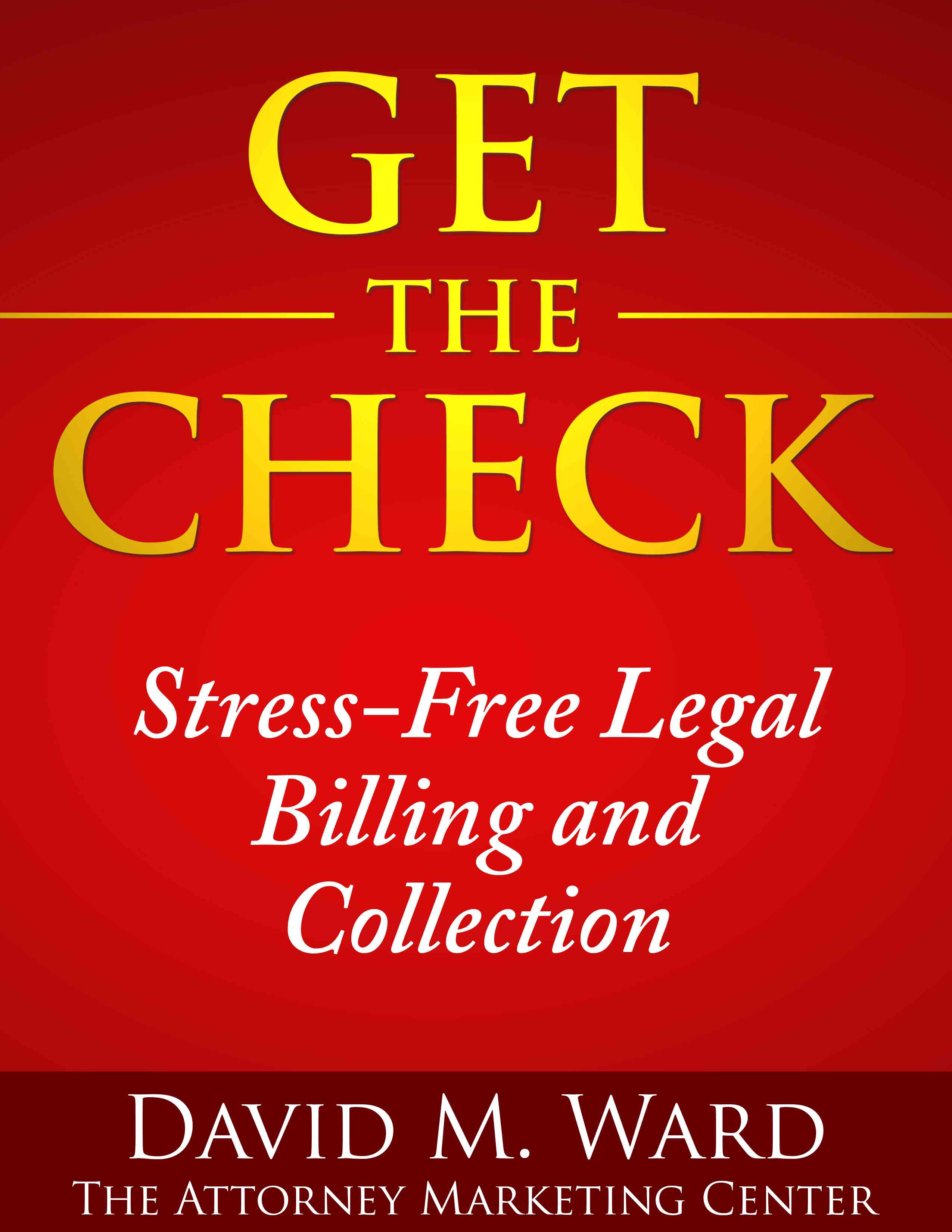I’ve tried keeping a journal and find it useful (and fun) to record my thoughts but the habit hasn’t stuck.
I’d like to try again and may have found a way to do that.
There’s a new breed of note taking apps (Roam, Obsidian, and others) and I’m trying out one of them.
One feature is a “daily notes” page that automatically appears (unless you turn off that feature), with the date and plenty of room to write. You can also set up templates to prompt you to record whatever is important to you.
Yes, it’s really a journal with a different name. But it might work because the daily notes feature is built into the app. I don’t have to stop what I’m doing to go write in my journal, I can simply add some thoughts or notes on my daily notes page when they occur to me throughout the day.
In that sense, the daily notes page work like an inbox—a place to deposit ideas and notes to be sorted, filed and worked on later.
A daily notes page also works like an “outbox”.
At the end of the day, you can record notes on what you did, what you thought, and what you plan to do later. Because it’s built into the app, it’s easy to drag or copy/paste notes written elsewhere onto the page.
What can you record in your daily notes? Anything you want:
- What you did today, what you learned today, what you want to remember
- Goals, plans, ideas
- Quotes from books you read, a list of books you want to read
- Websites and apps you want to check out
- Questions you have about something you’re working on
- Habits you want to track
- New clients, new prospects, new marketing campaigns
- Earnings, expenses, debts you need to pay, money you need to collect
- Ideas for new projects, notes about improving your workflow, your attitude, your skills, or your well-being
Anything you did or want to do, anything you want to remember, in as little or as much detail as you want.
Some days, you’ll write hundred of words. Other days, you might write a single sentence, or nothing at all.
This morning, I wrote a few questions about the notes app I’m trying, and a few thoughts about the concept of daily notes.
At the end of the day, you can add comments and additional thoughts, and tags or labels or links to related notes. You will no doubt want to move some of those notes to other folders or pages or other apps.
Daily notes allow you to memorialize your journey and build a repository of information you can go back to help you manage your work or personal life.
Daily notes also help you hold yourself accountable to doing what you said you would do, and what you need to do to achieve your goals.
When I look at what I did and didn’t do last week, I see what I’m doing right and what I need to improve.
Yeah, I’m not sure I like that part.

